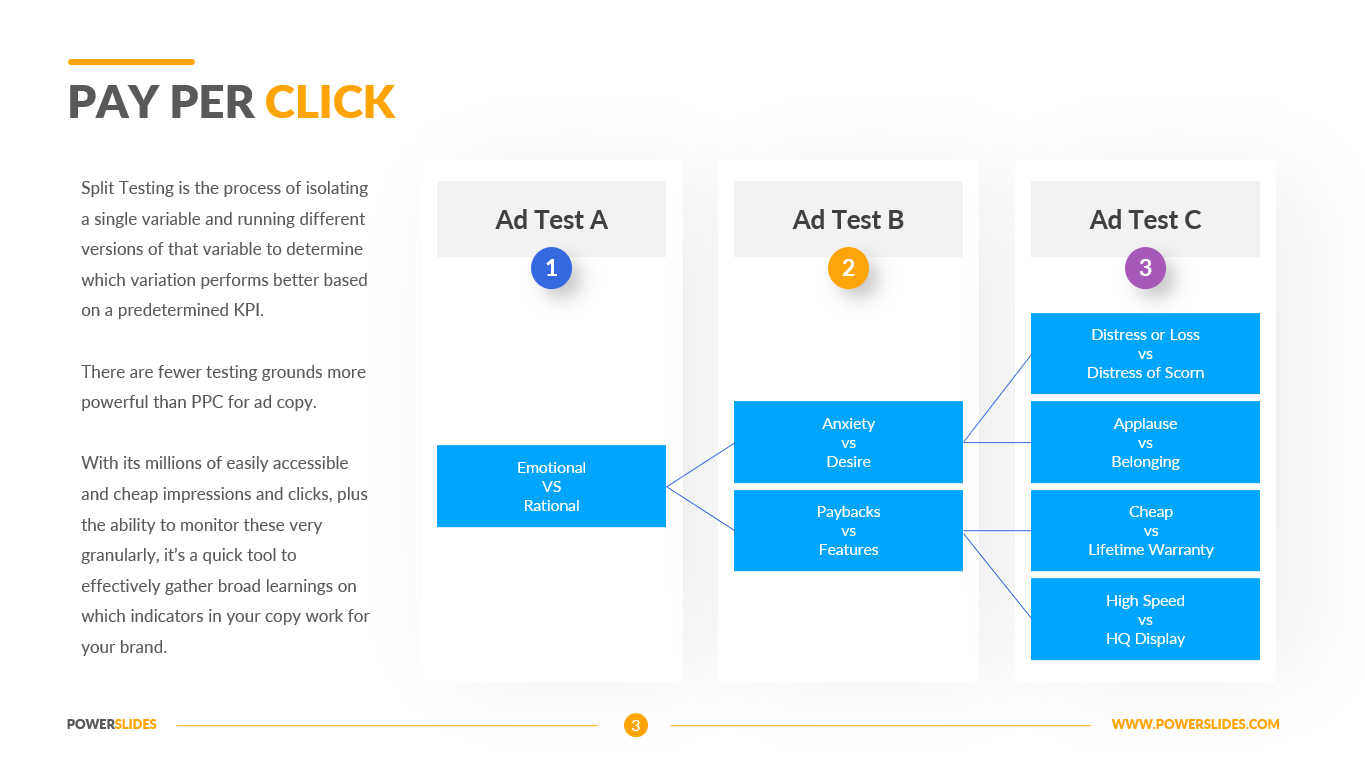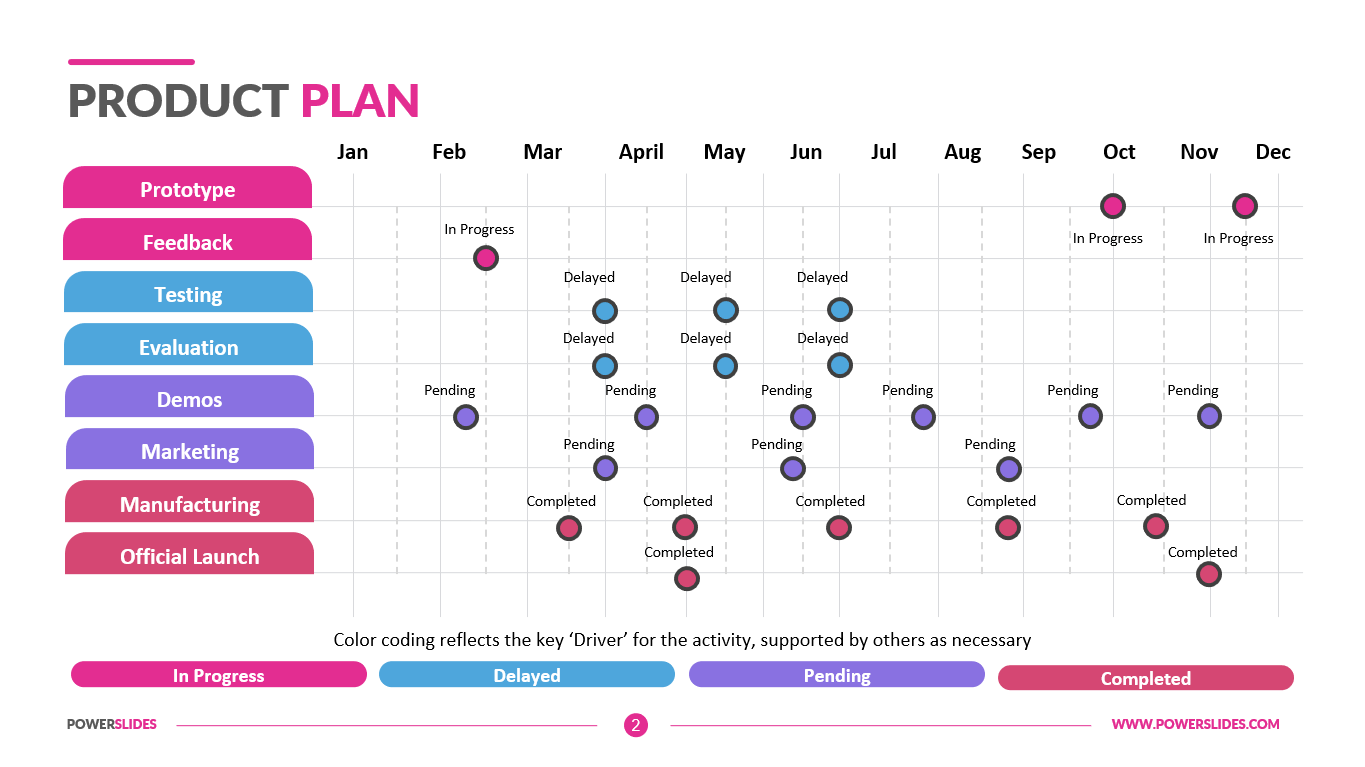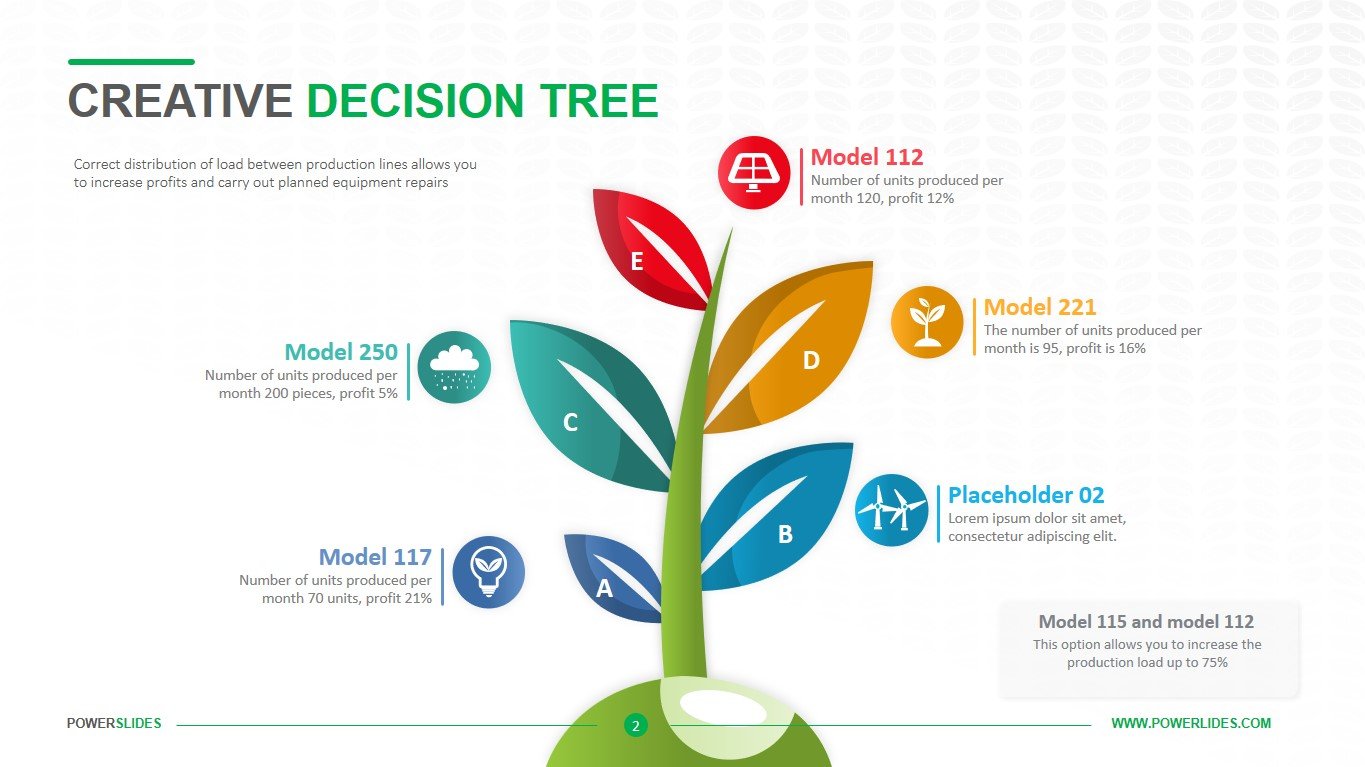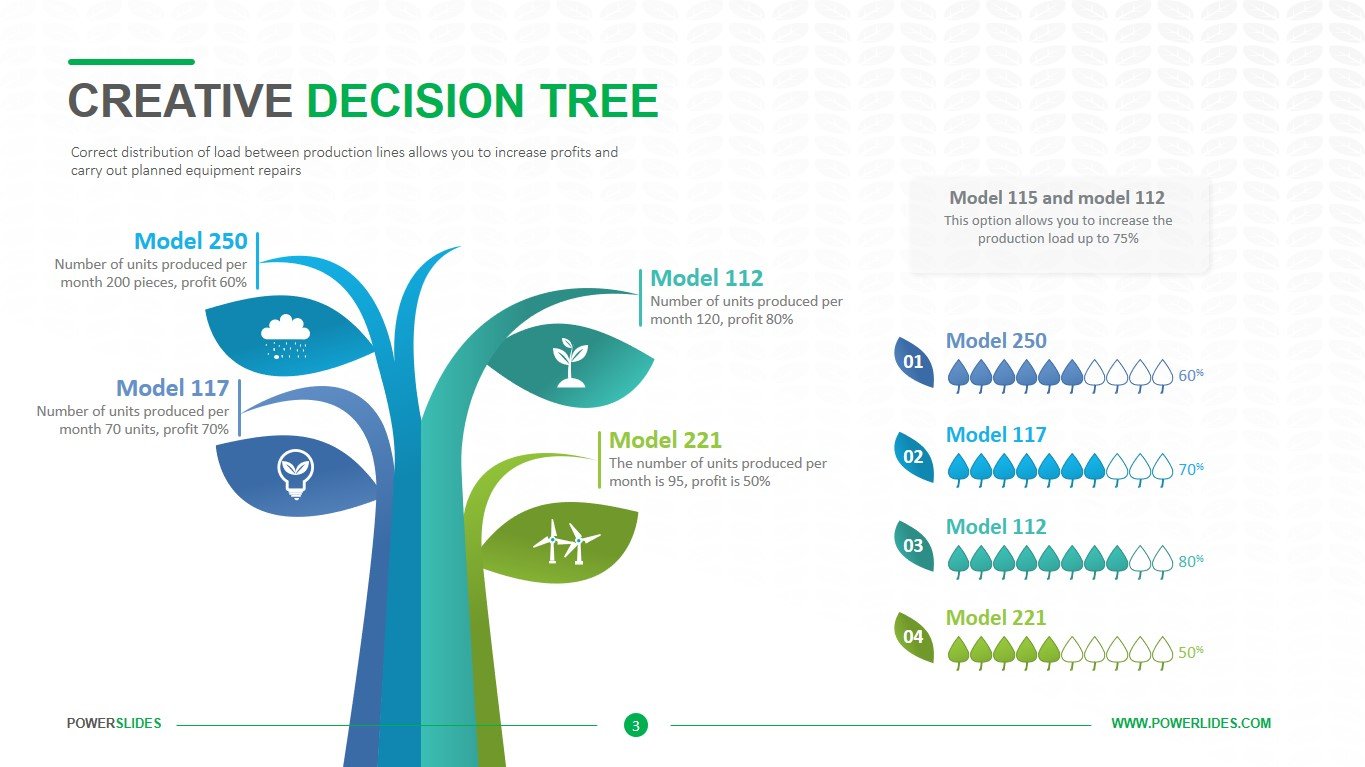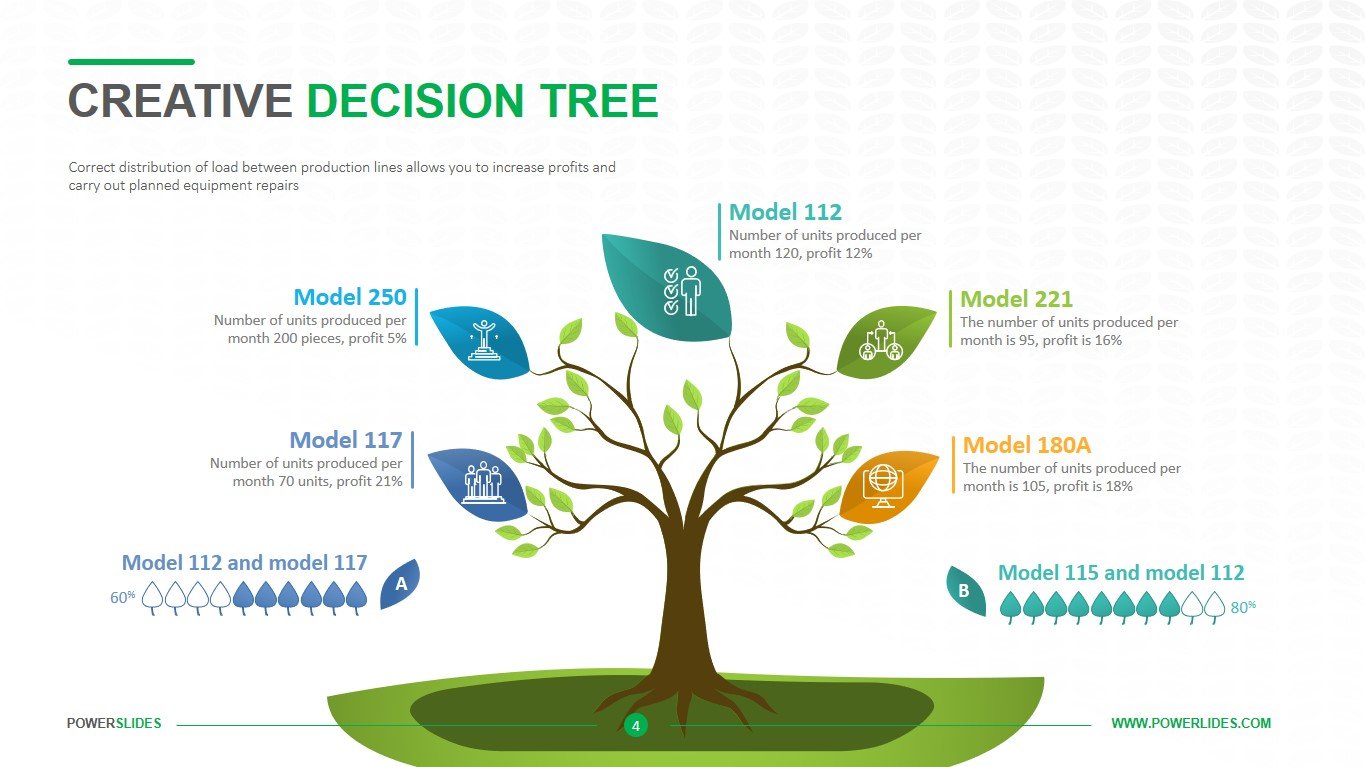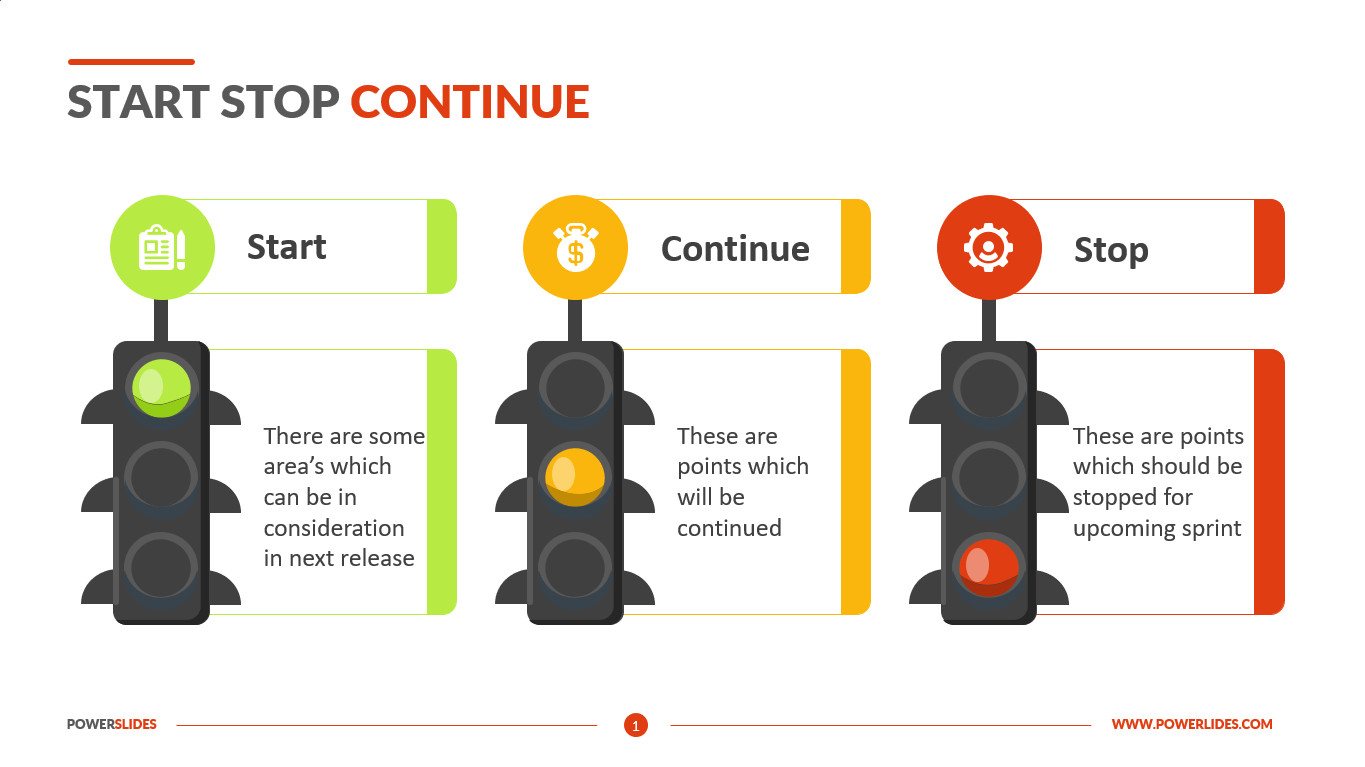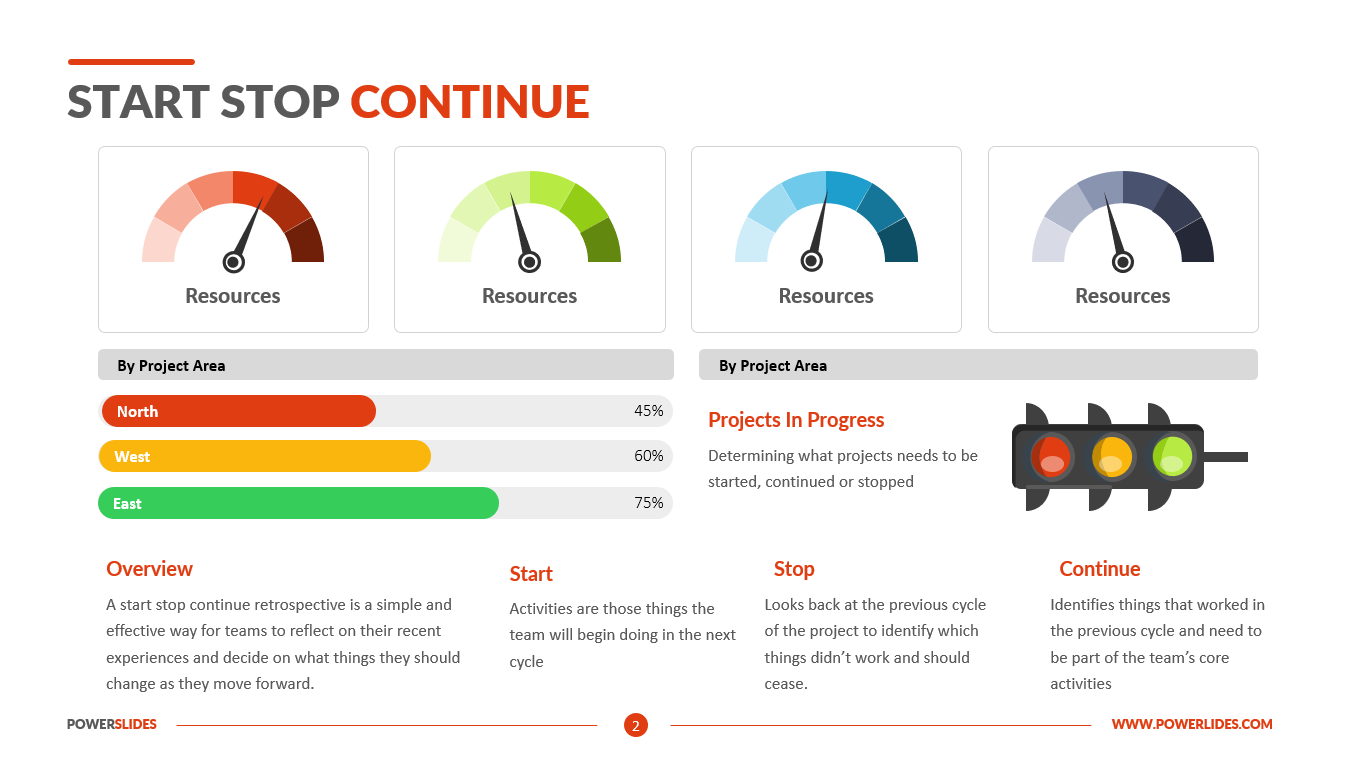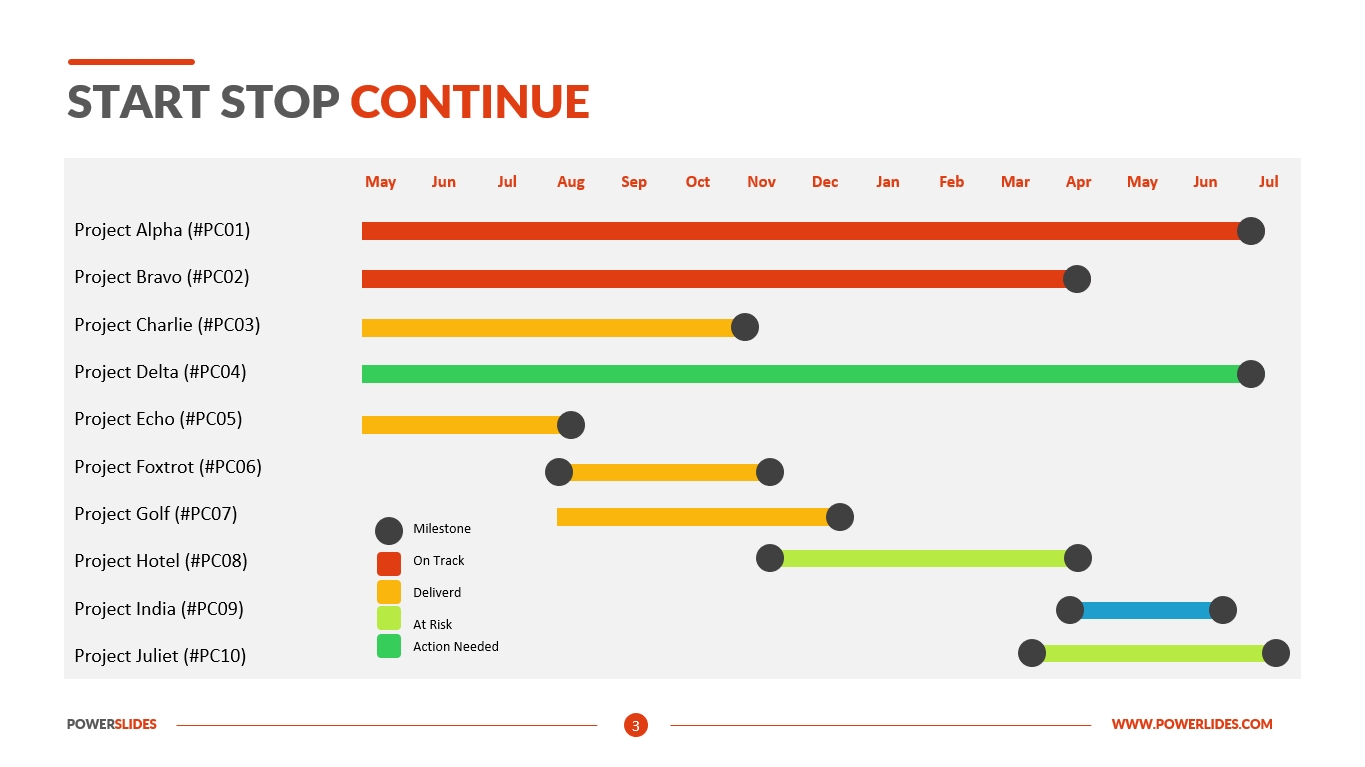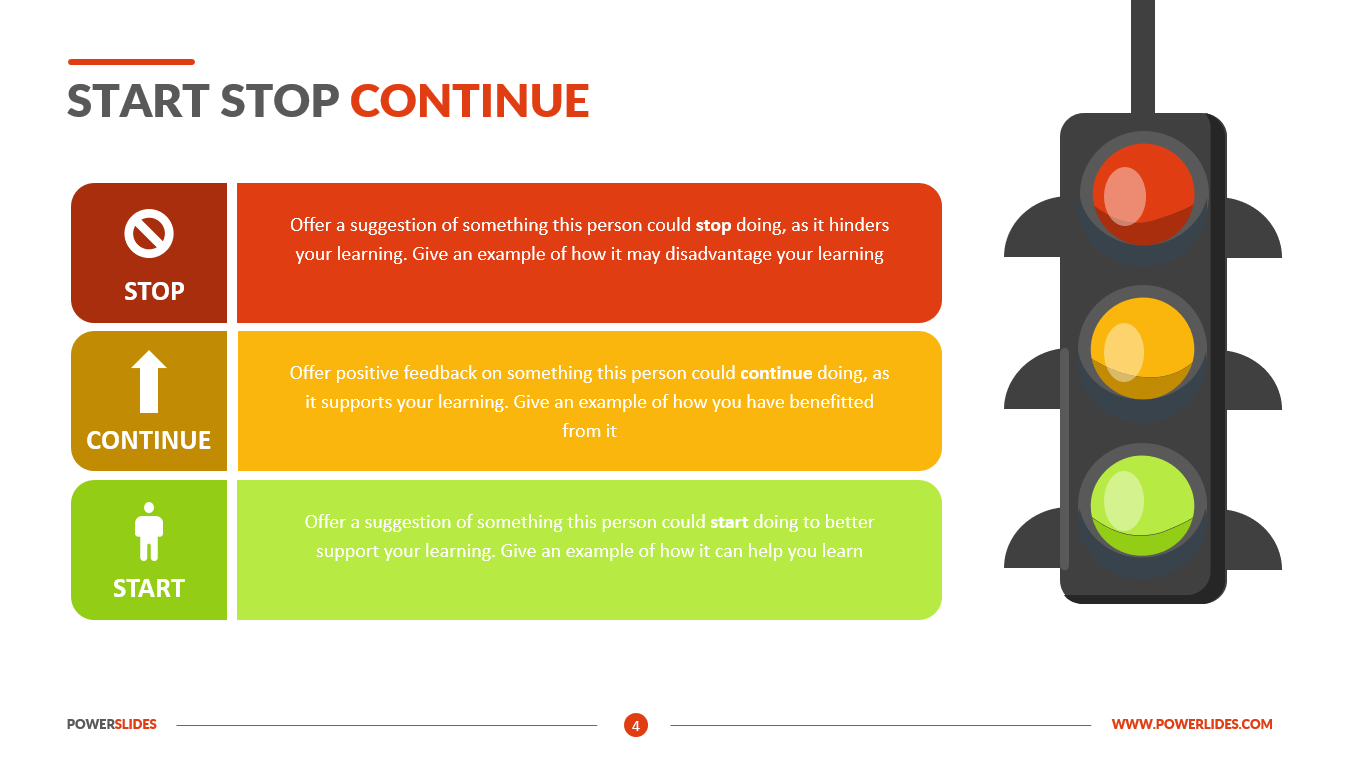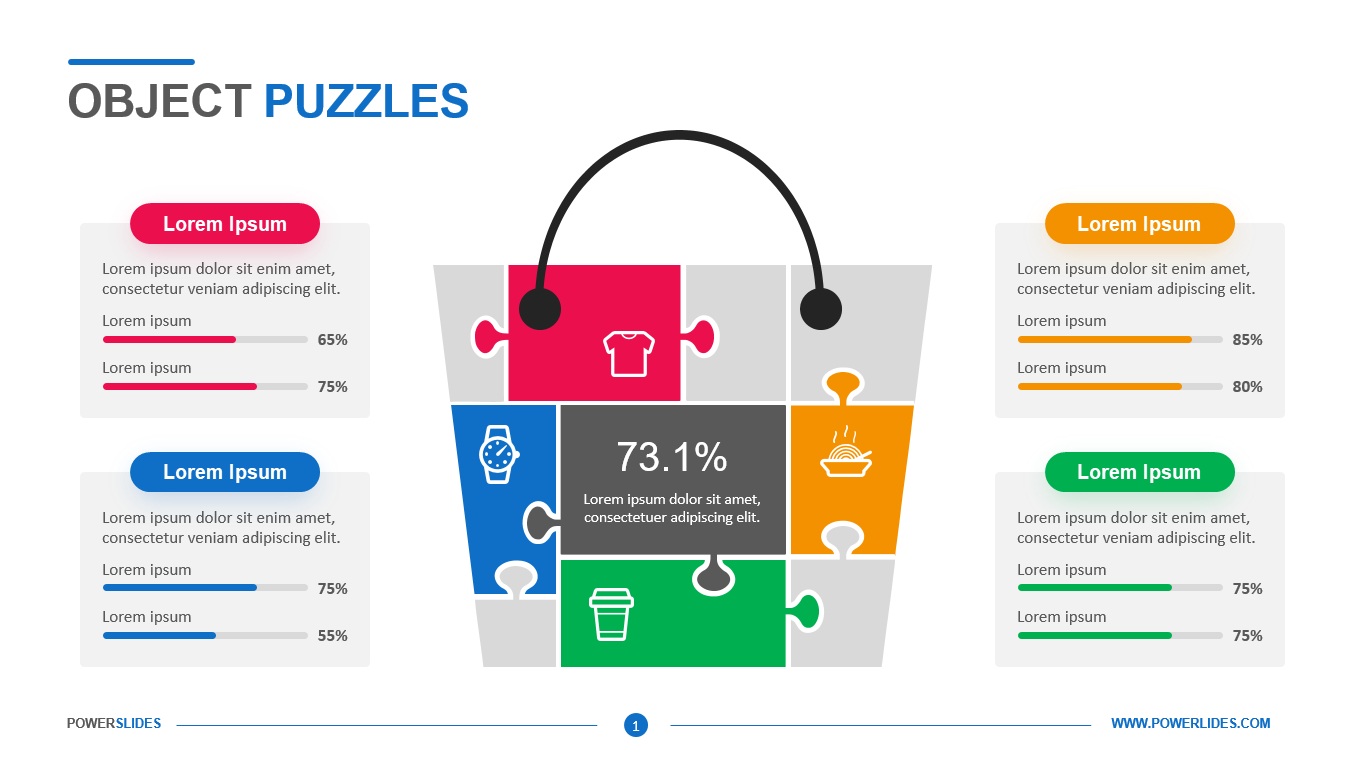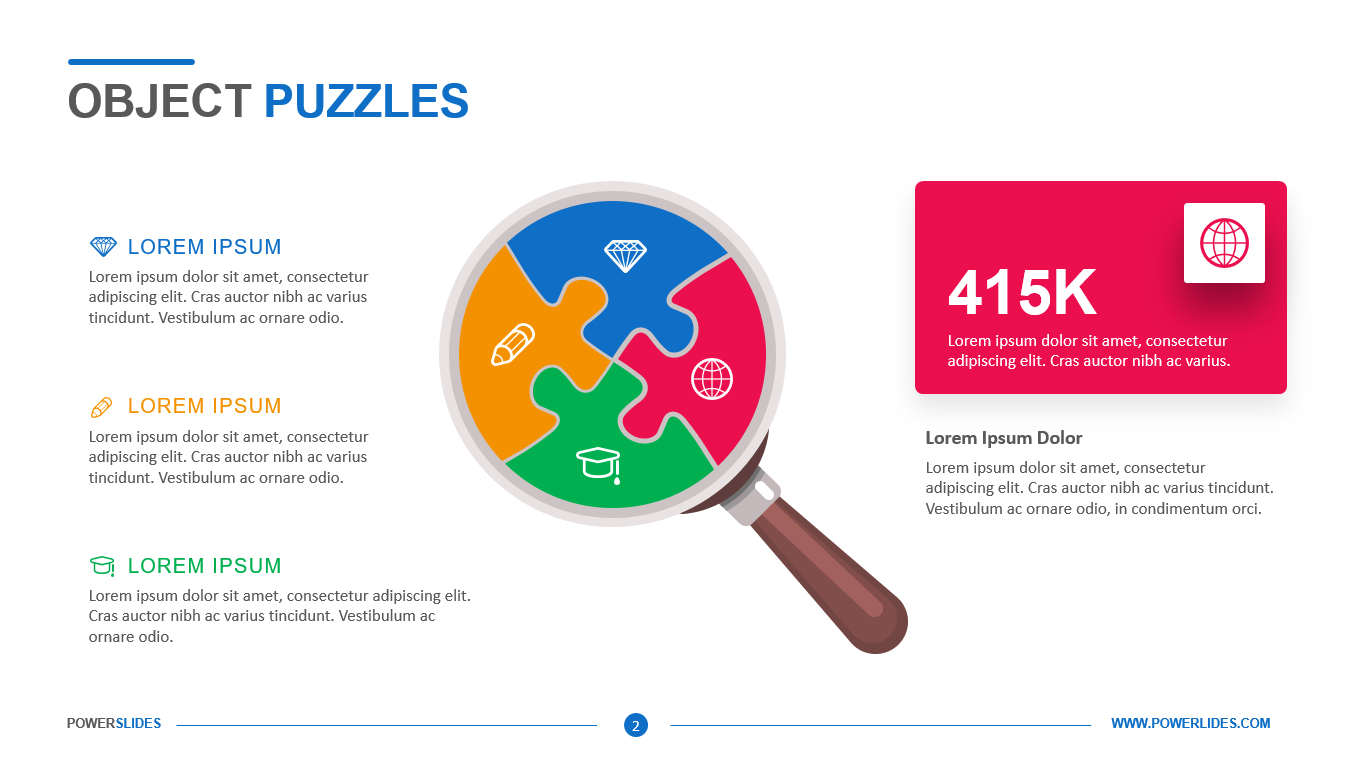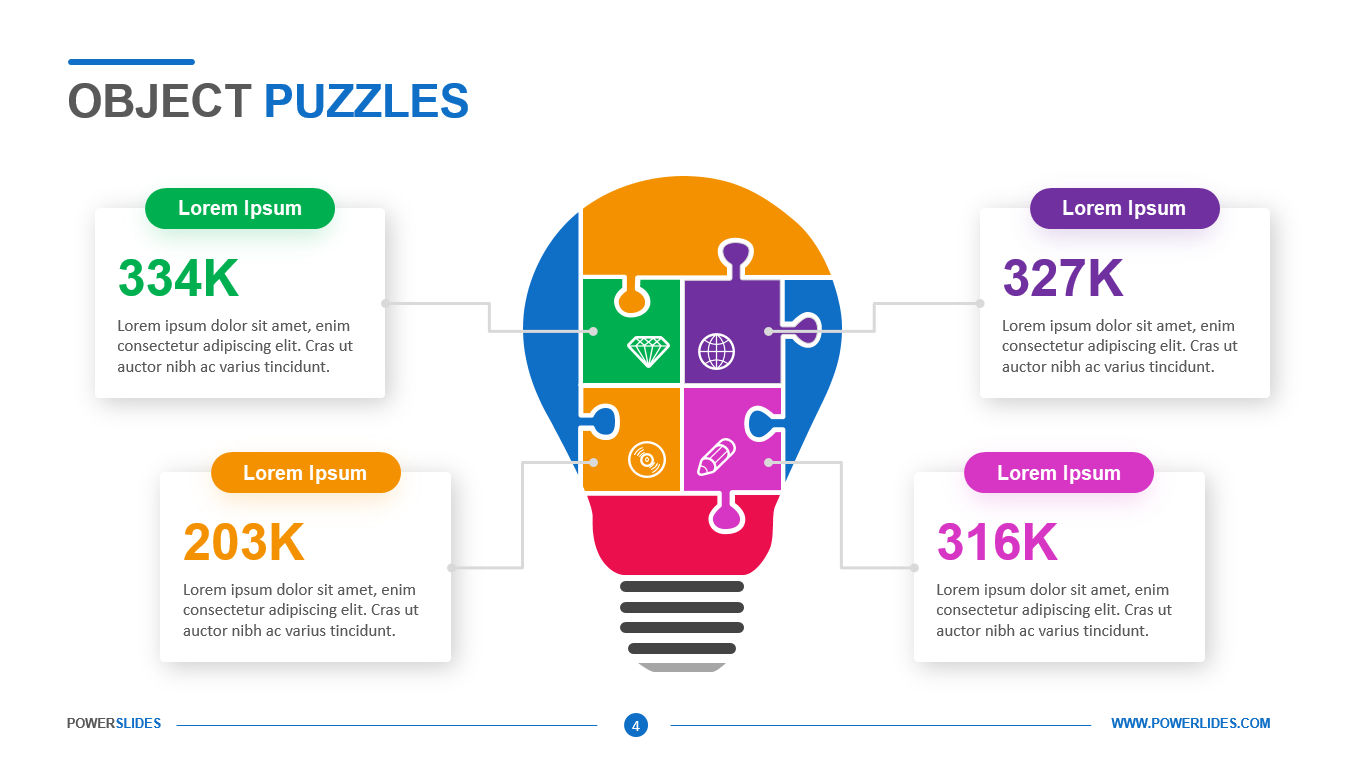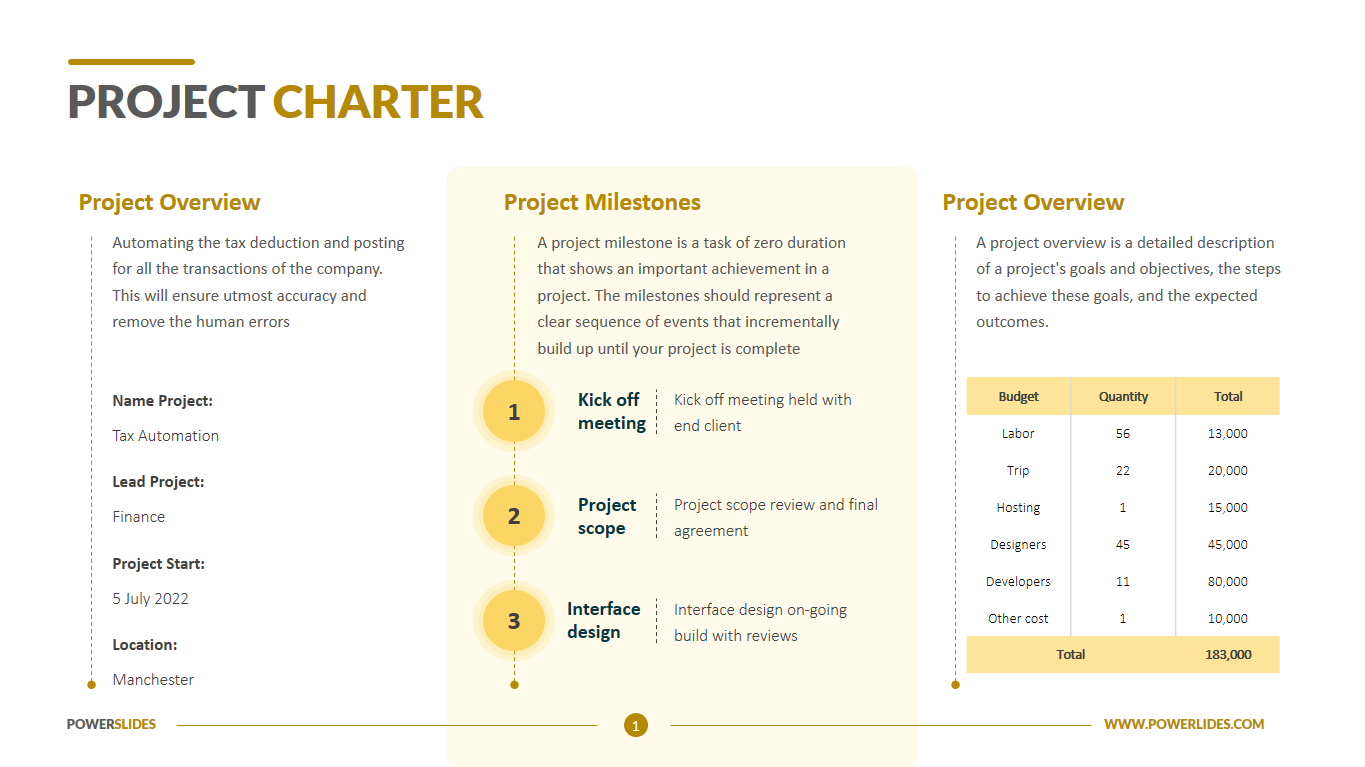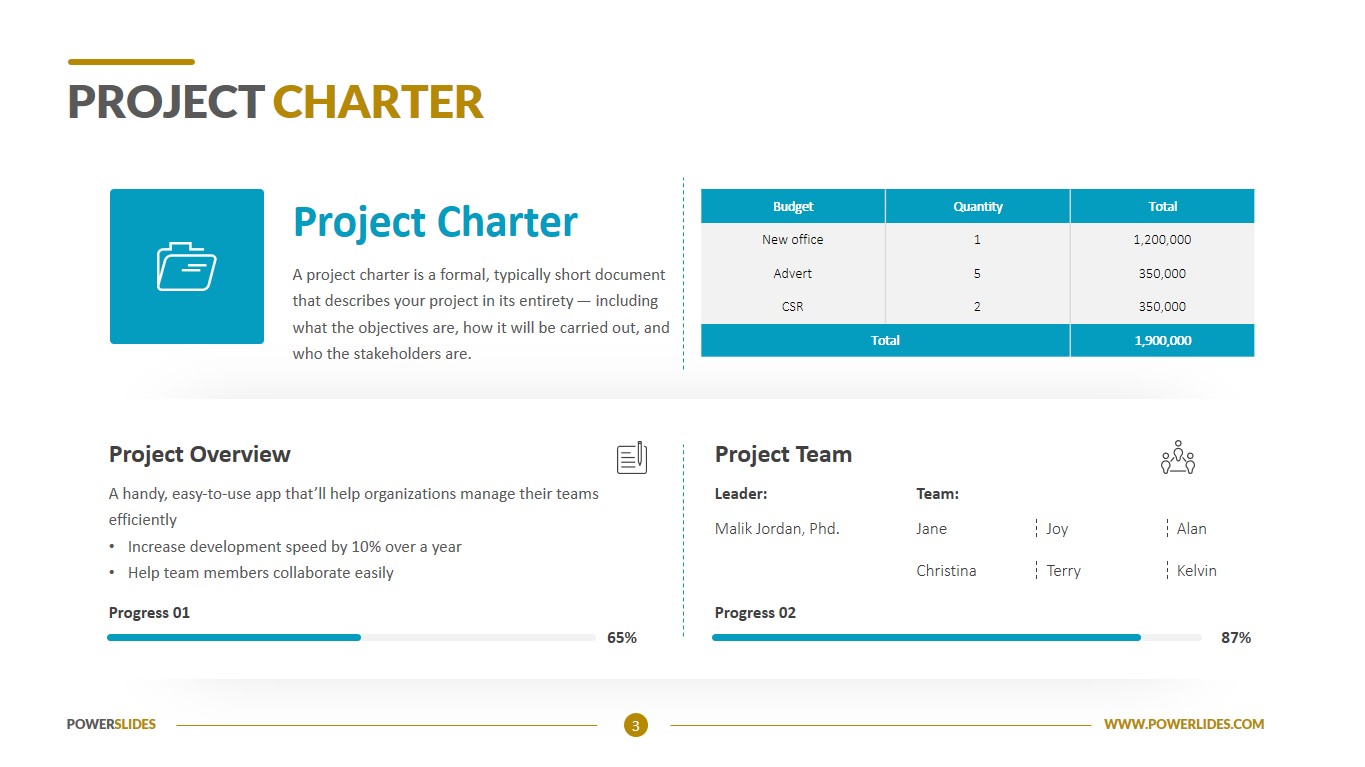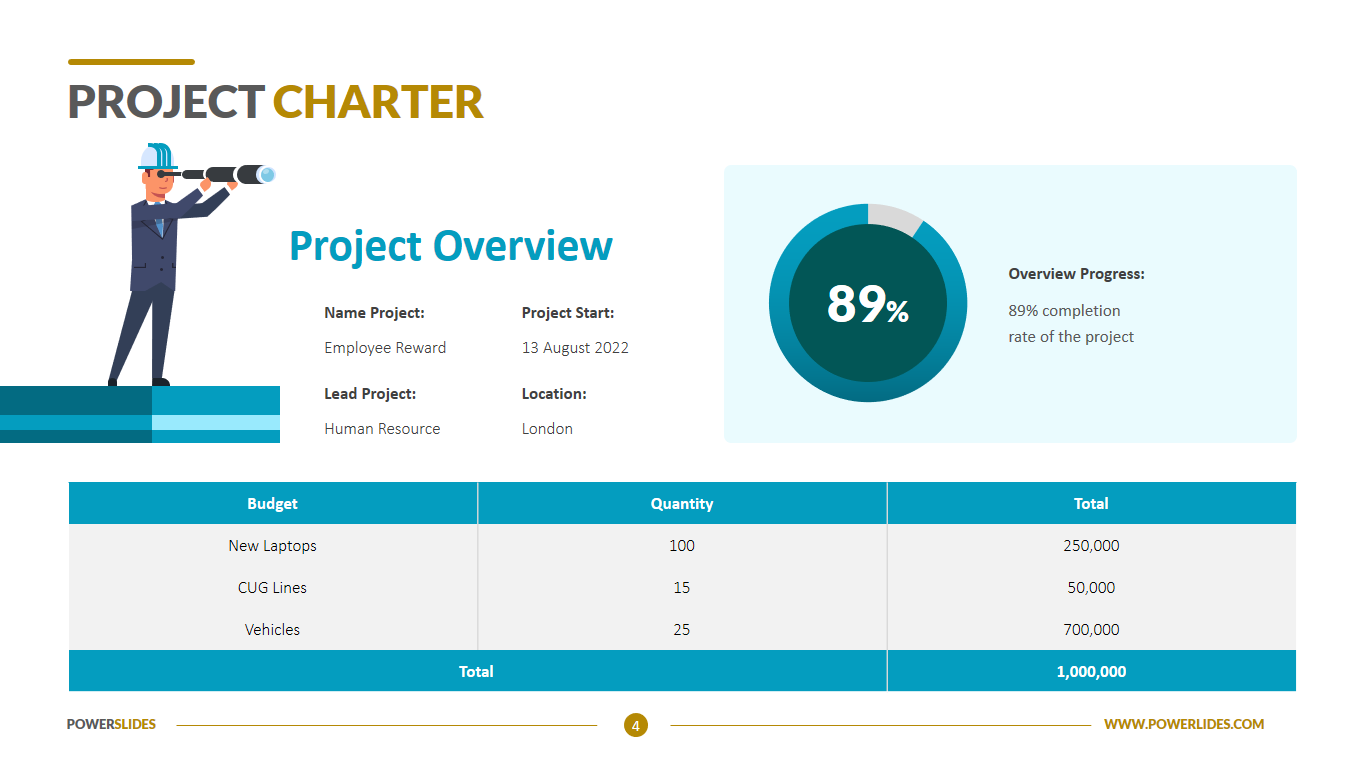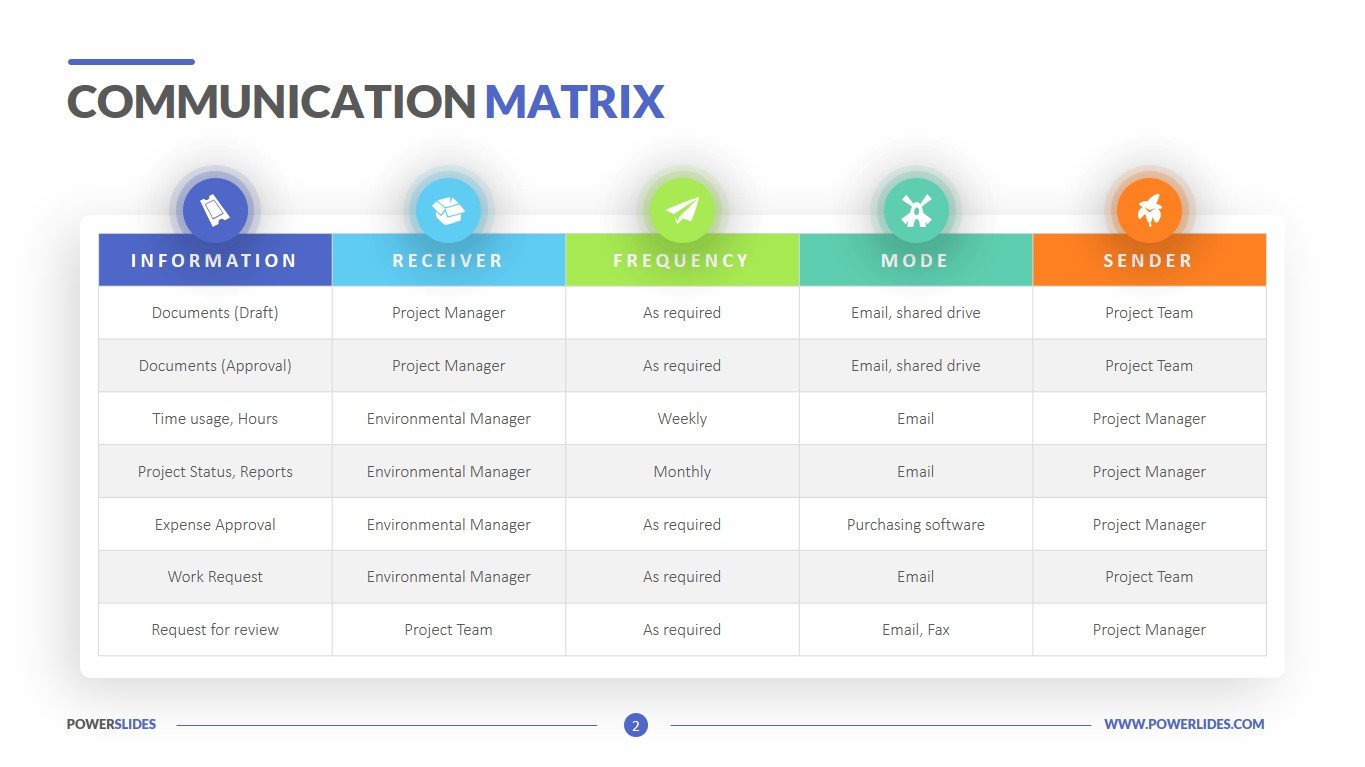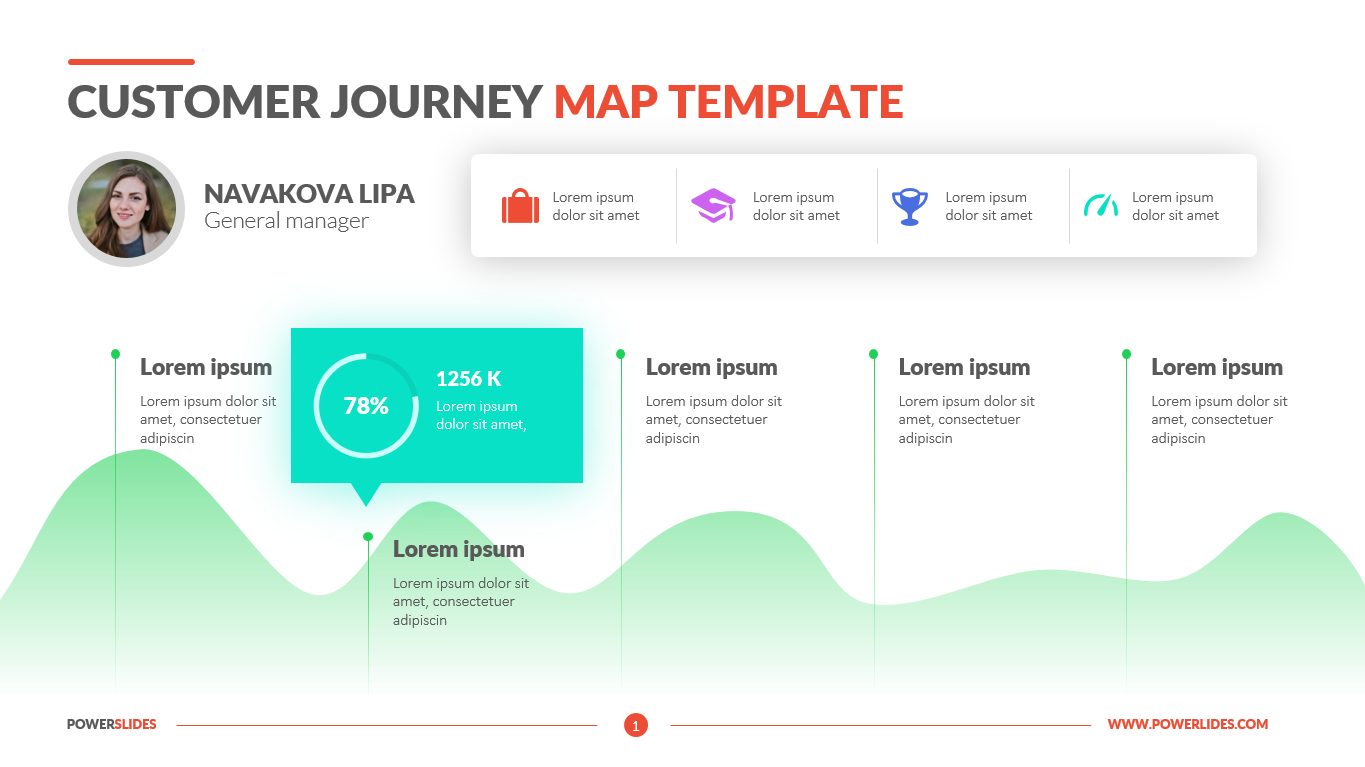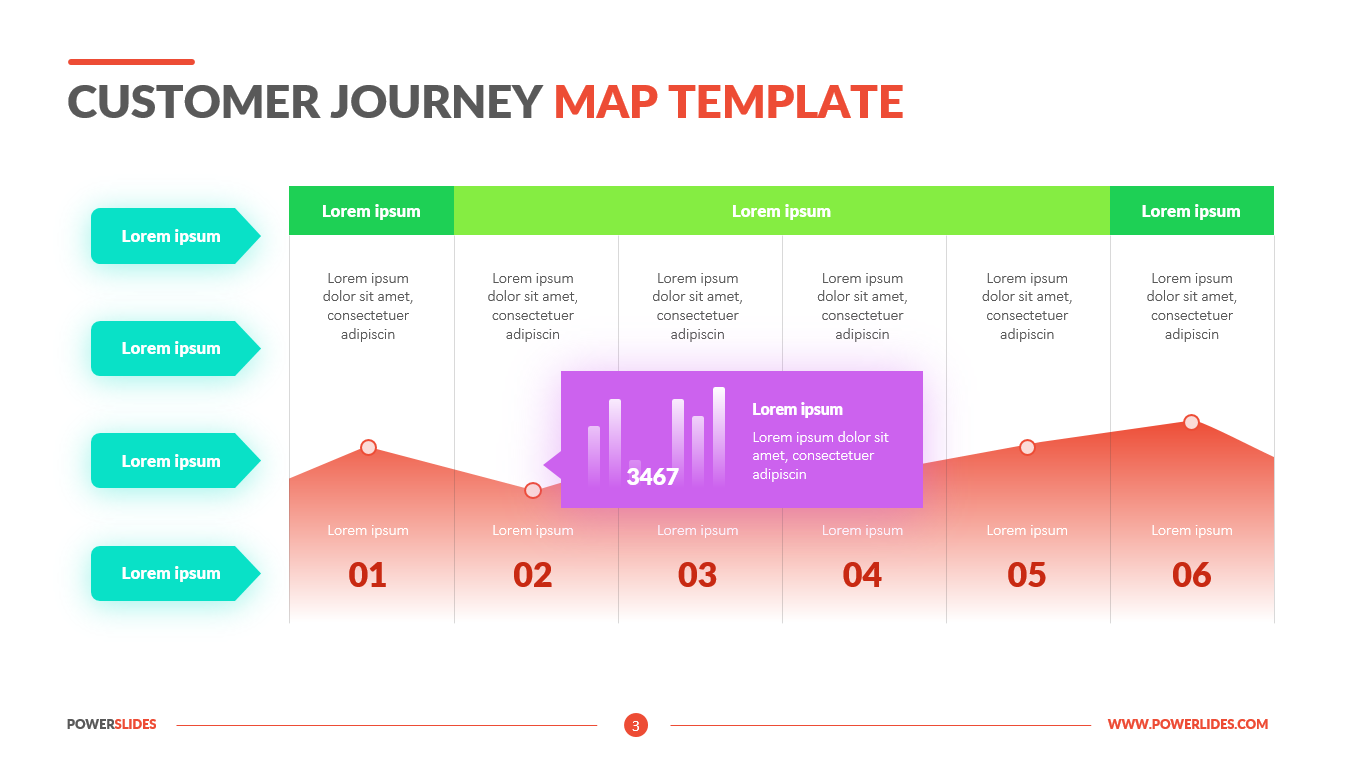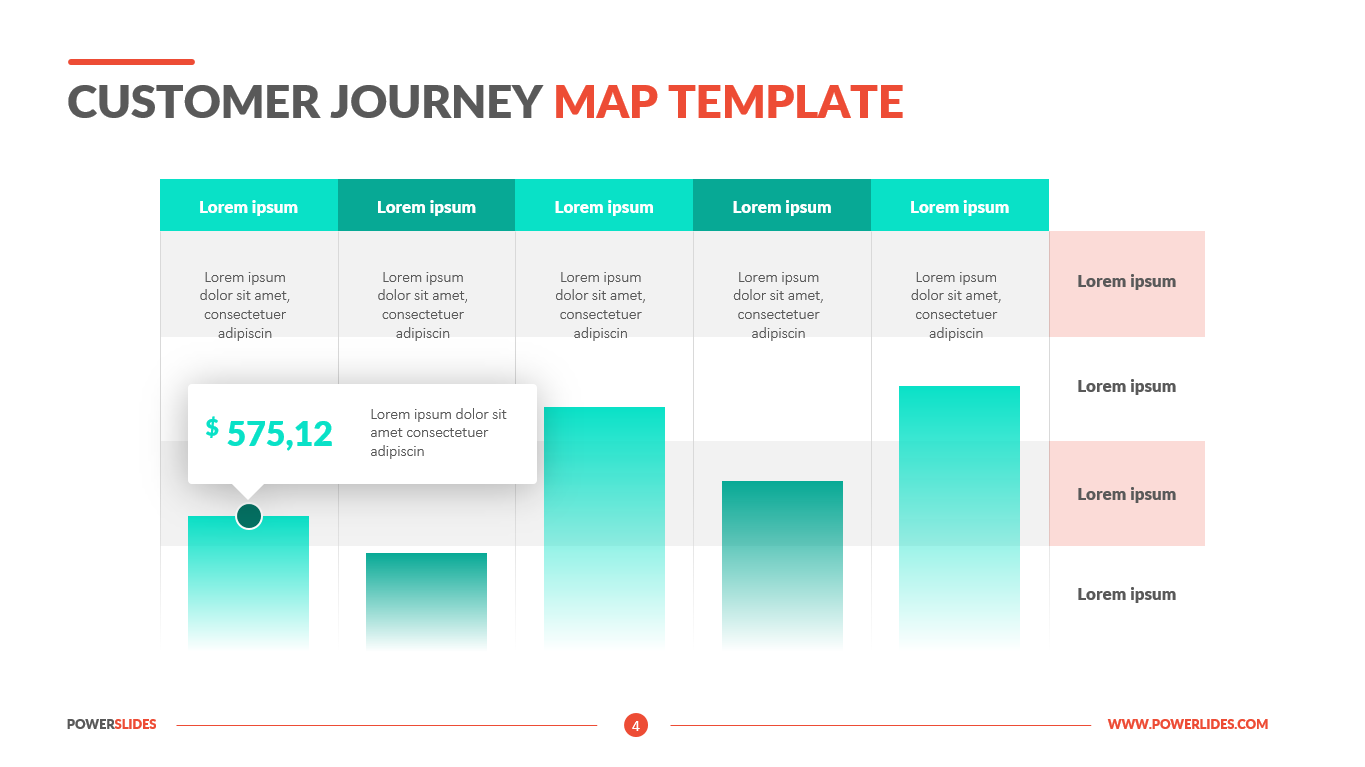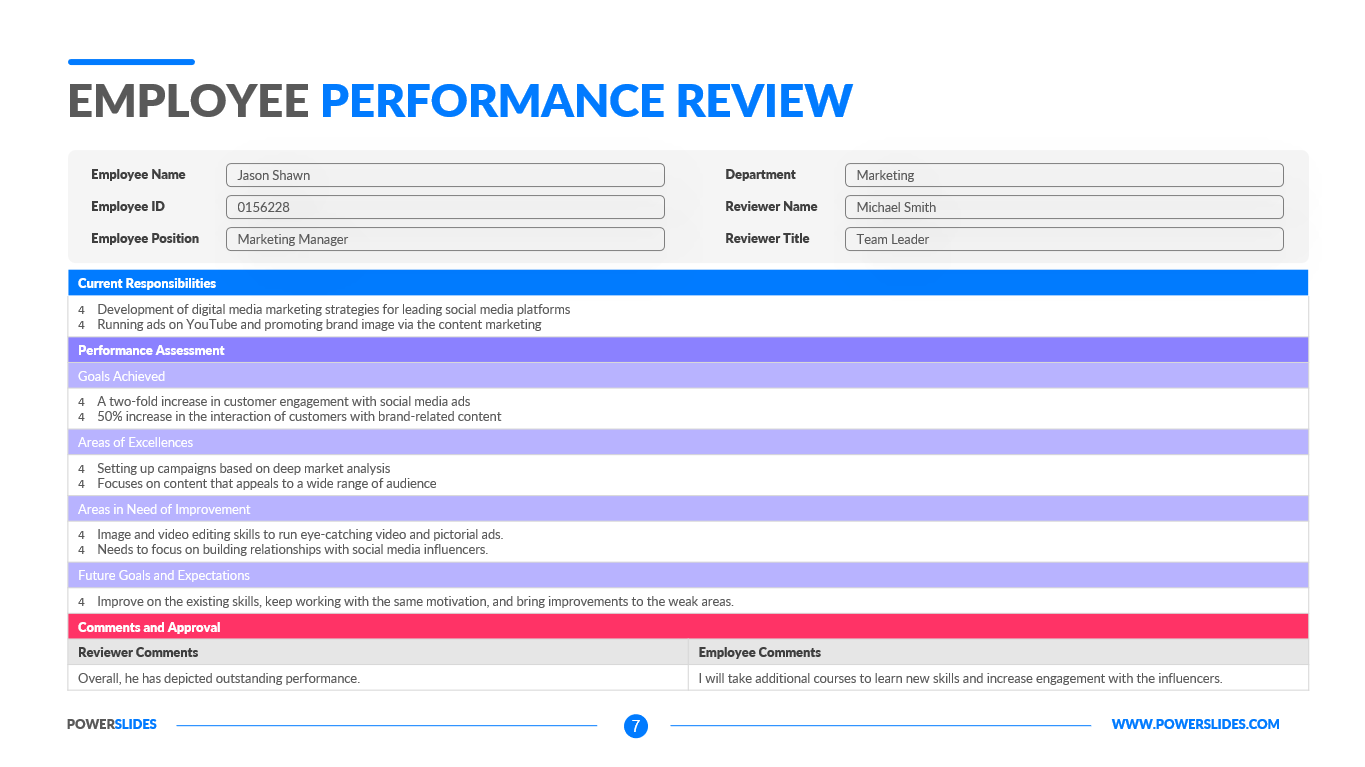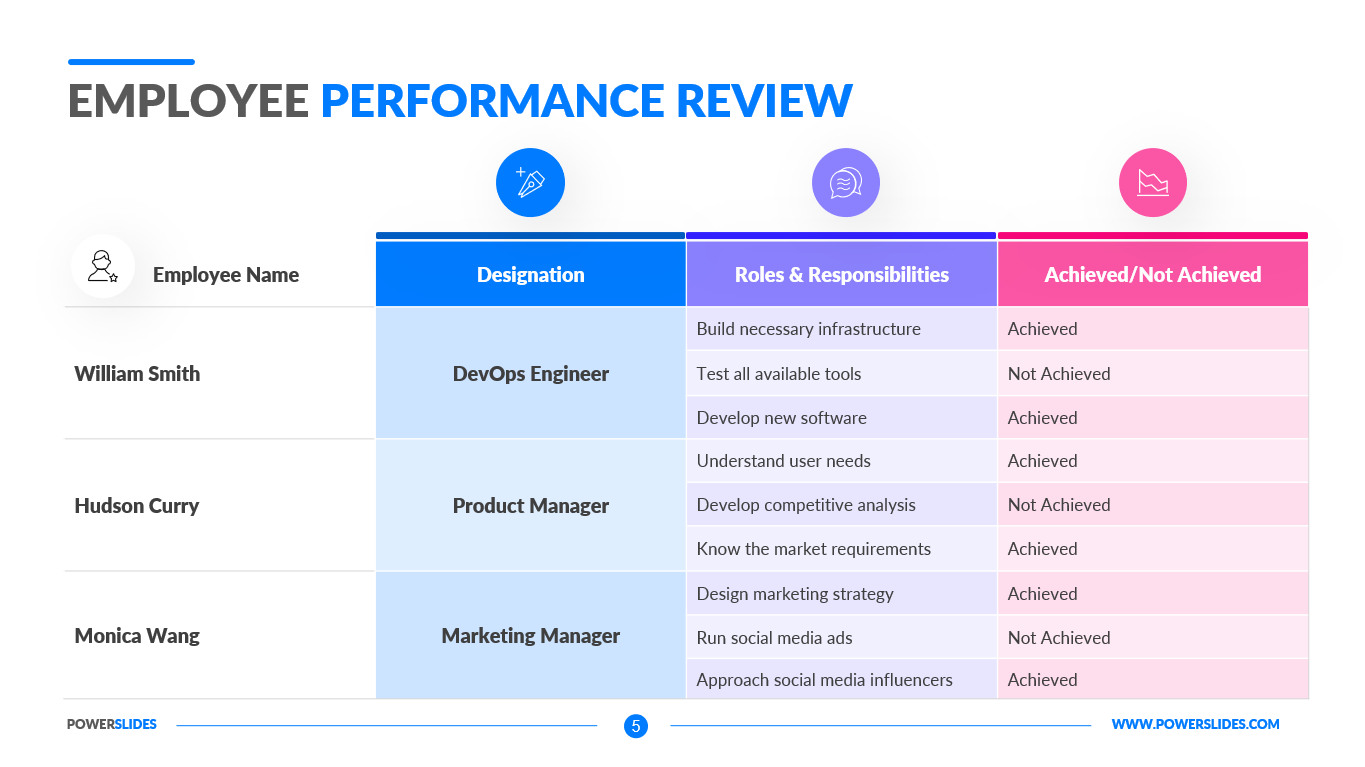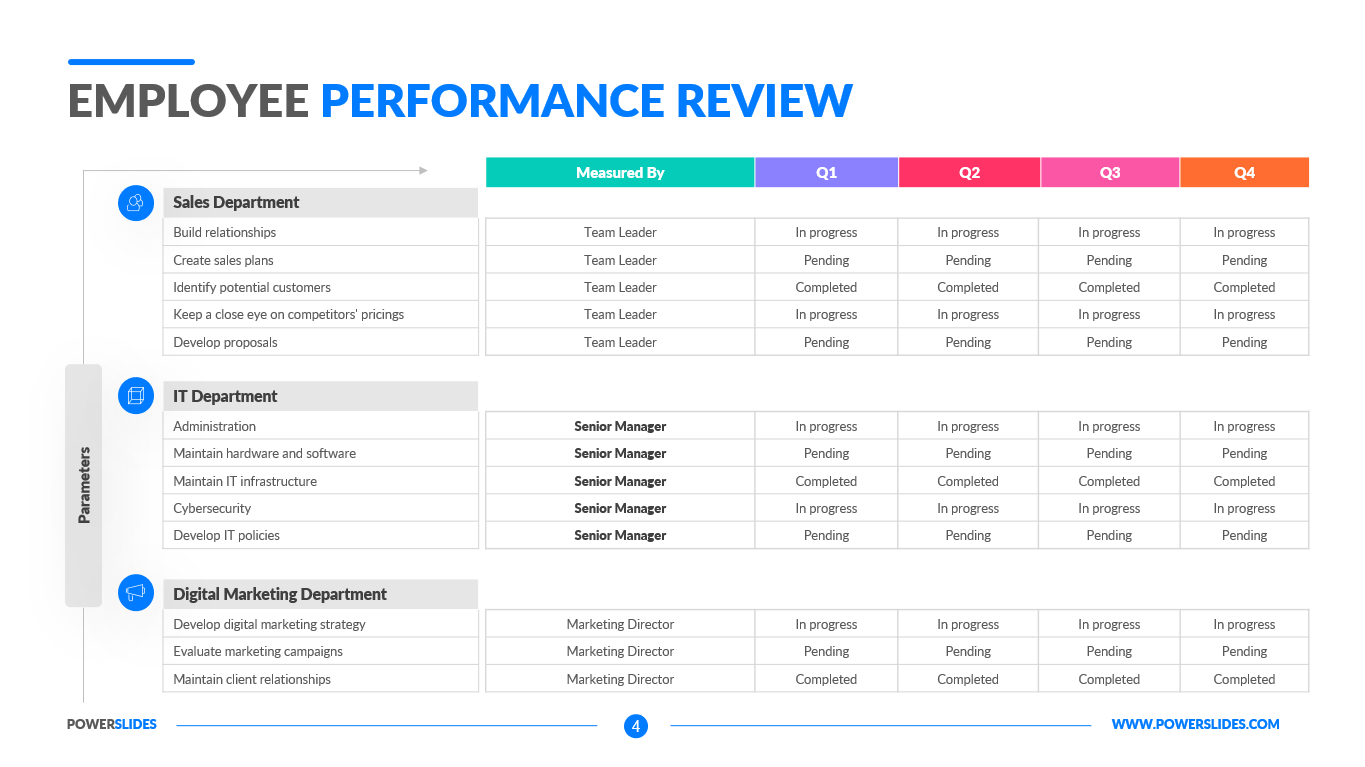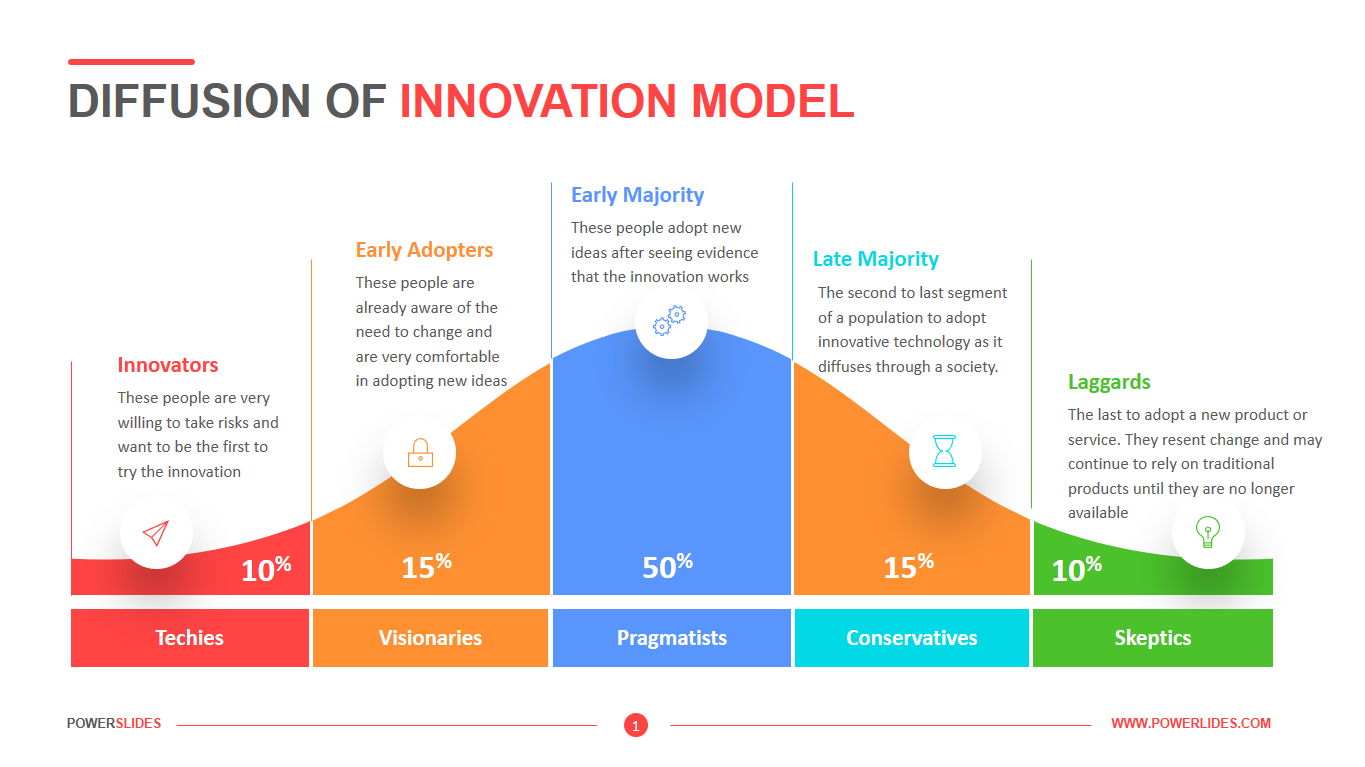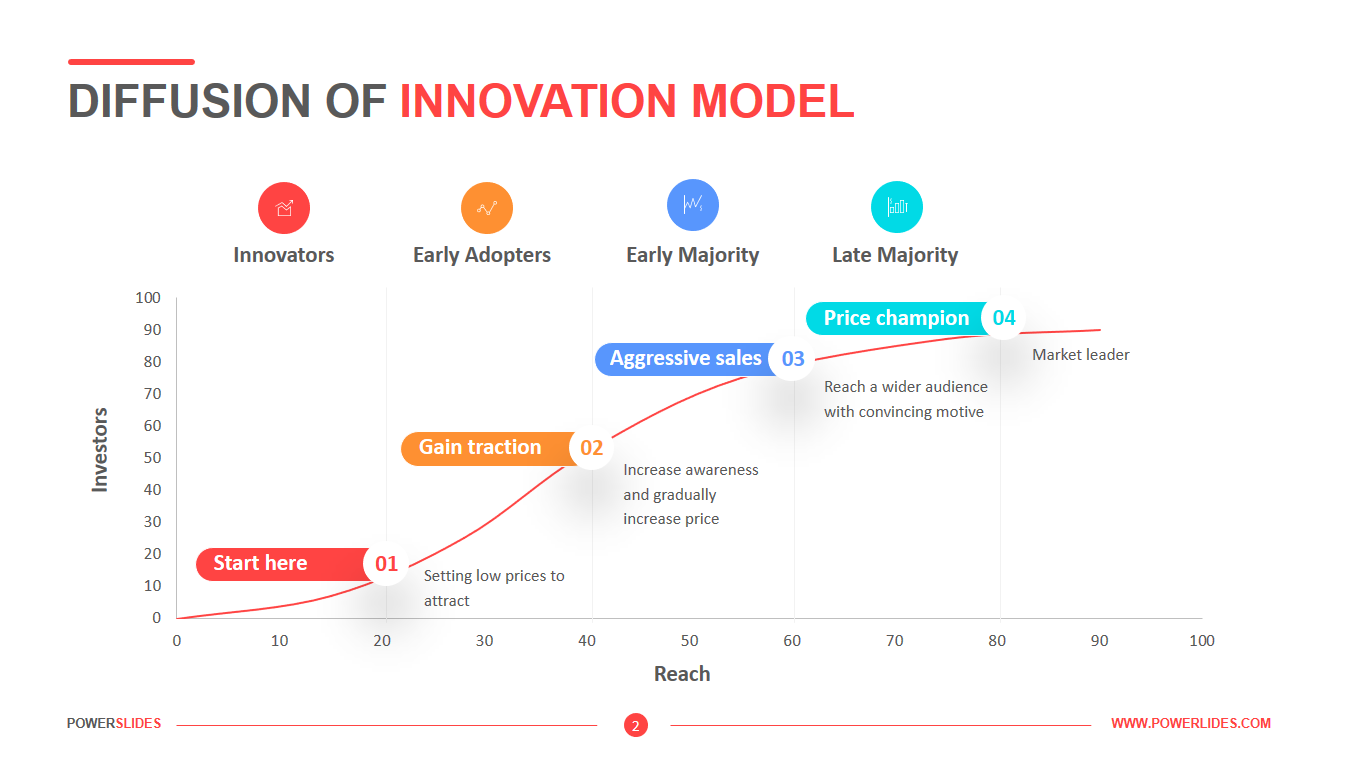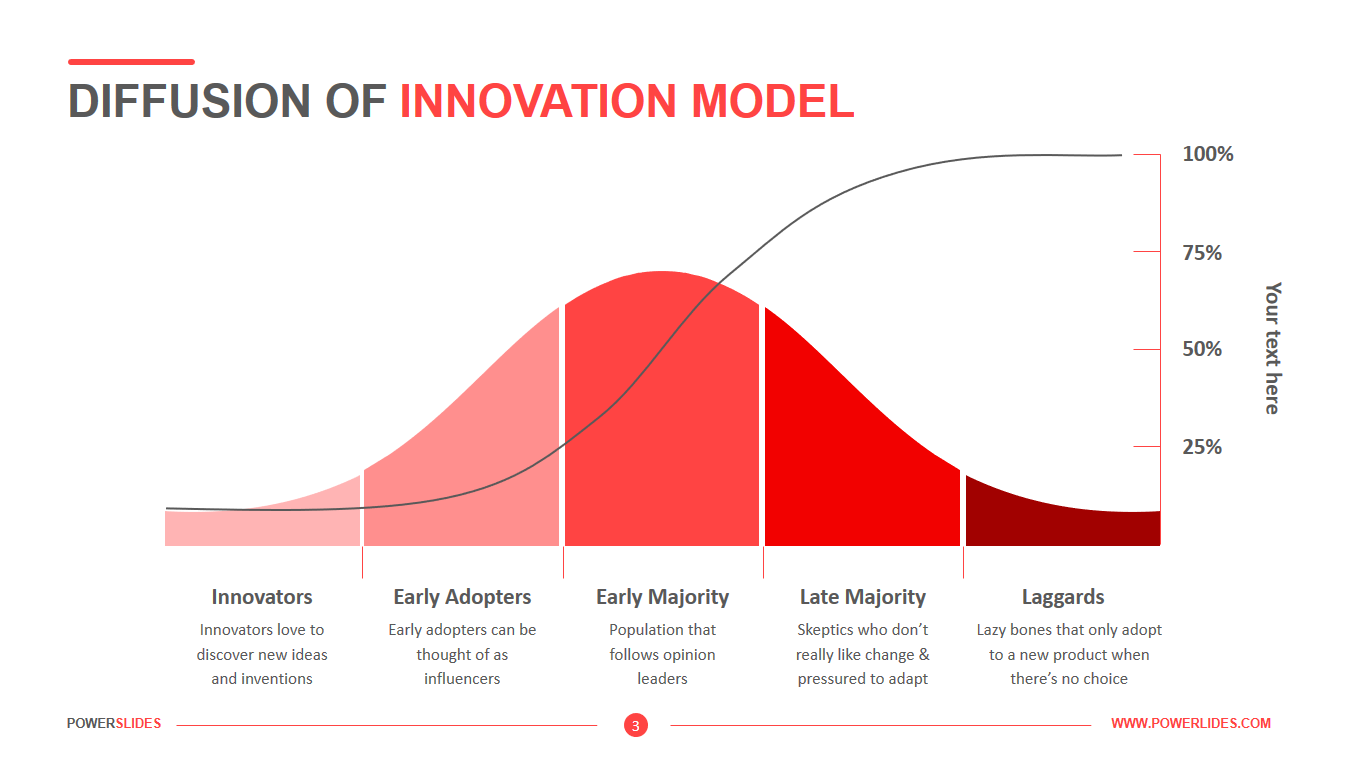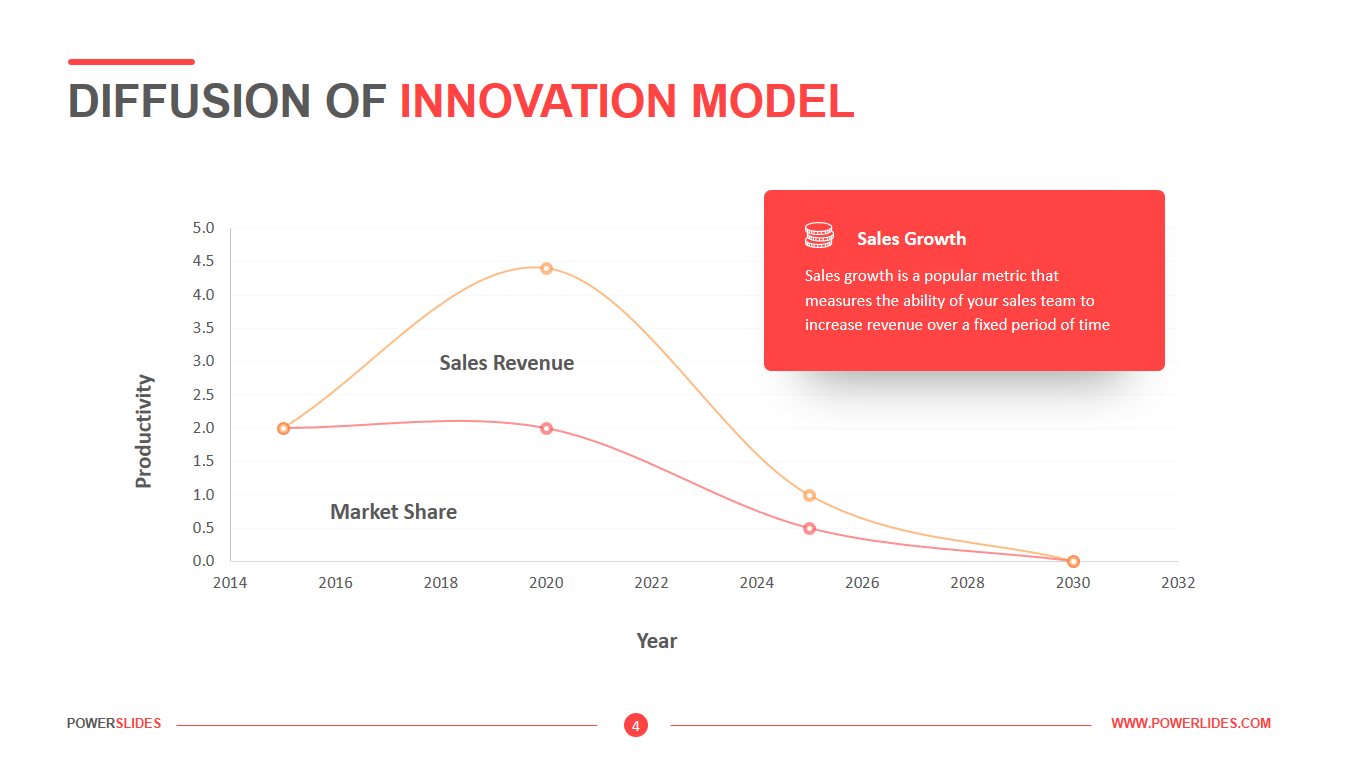Brain Template
 4 Slides
4 Slides
 File size: 16:9
File size: 16:9 
 Fonts: Lato Black, Calibri
Fonts: Lato Black, Calibri
 Supported version
PPT 2010, PPT 2013, PPT 2016
Supported version
PPT 2010, PPT 2013, PPT 2016
Product details
The brain is an amazing three-pound organ that controls all functions of the body, interprets information from the outside world, and embodies the essence of the mind and soul. Intelligence, creativity, emotion, and memory are a few of the many things governed by the brain. Protected within the skull, the brain is composed of the cerebrum, cerebellum, and brainstem. The brain receives information through our five senses: sight, smell, touch, taste, and hearing – often many at one time. It assembles the messages in a way that has meaning for us, and can store that information in our memory. The brain controls our thoughts, memory and speech, movement of the arms and legs, and the function of many organs within our body. The central nervous system (CNS) is composed of the brain and spinal cord. The peripheral nervous system (PNS) is composed of spinal nerves that branch from the spinal cord and cranial nerves that branch from the brain. The brain has three main parts: the cerebrum, cerebellum and brainstem. Cerebrum is the largest part of the brain and is composed of right and left hemispheres. It performs higher functions like interpreting touch, vision and hearing, as well as speech, reasoning, emotions, learning, and fine control of movement. Cerebellum is located under the cerebrum. Its function is to coordinate muscle movements, maintain posture, and balance. Brainstem acts as a relay center connecting the cerebrum and cerebellum to the spinal cord. It many automatic functions such as breathing, heart rate, body temperature, wake and sleep cycles, digestion, sneezing, coughing, vomiting, and swallowing. The cerebrum is divided into two halves: the right and left hemispheres. They are joined by a bundle of fibers called the corpus callosum that transmits messages from one side to the other. Each hemisphere controls the opposite side of the body. If a stroke occurs on the right side of the brain, your left arm or leg may be weak or paralyzed. Not all functions of the hemispheres are shared. In general, the left hemisphere controls speech, comprehension, arithmetic, and writing. The right hemisphere controls creativity, spatial ability, artistic, and musical skills. The left hemisphere is dominant in hand use and language in about 92% of people.
Brain Diagrams Templates consists of four slides that have beautiful infographics and a modern style. The first slide is a brain infographic divided into six main parts – cerebrum, cerebellum, medulla oblongata, pons, mesencephalon, thalamus. This slide will primarily be useful to medical professionals and teachers of medical universities. You will be able to use this slide when preparing training courses. Doctors can also prepare their brain studies using this slide. The third slide allows you to display information on the left and right hemispheres of the brain in detail. This slide will be useful in preparing a general biology course for high school students. Also, startups can use this slide when preparing an analytical report on how the brain perceives a new product or technology. The next two slides can be helpful in preparing a course on leadership, memory optimization, or rapid reading. All slides in this template are editable and can be used with any of your other presentations.








